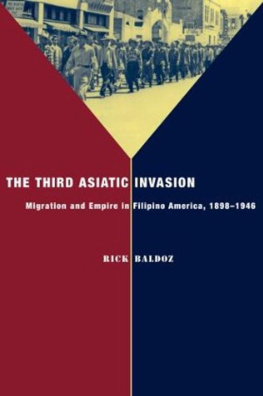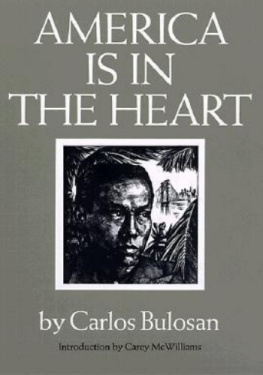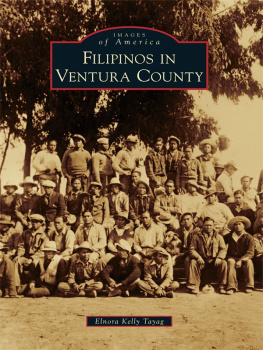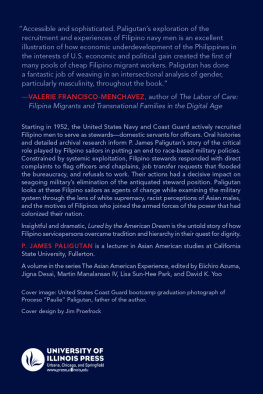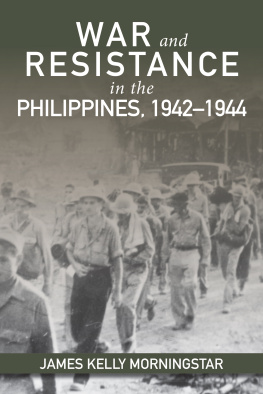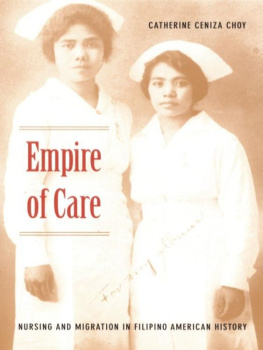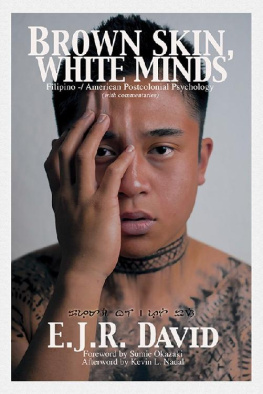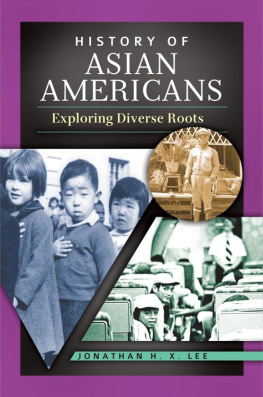The Third Asiatic Invasion
NATION OF NEWCOMERS
Immigrant History as American History
General Editors: Matthew Jacobson and Werner Sollors
Beyond the Shadow of Camptown: Korean Military Brides in America
Ji-Yeon Yuh
Feeling Italian: The Art of Ethnicity in America
Thomas J. Ferraro
Constructing Black Selves:
Caribbean American Narratives and the Second Generation
Lisa D. McGill
Transnational Adoption: A Cultural Economy of Race, Gender, and Kinship
Sara K. Dorow
Immigration and American Popular Culture: An Introduction
Jeffrey Melnick and Rachel Rubin
From Arrival to Incorporation: Migrants to the U.S. in a Global Era
Edited by Elliott R. Barkan, Hasia Diner, and Alan M. Kraut
Migrant Imaginaries: Latino Cultural Politics in the U.S.-Mexico Borderlands
Alicia Schmidt Camacho
The Force of Domesticity: Filipina Migrants and Globalization
Rhacel Salazar Parreas
Immigrant Rights in the Shadows of Citizenship
Edited by Rachel Ida Buff
Rough Writing: Ethnic Authorship in Theodore Roosevelts America
Aviva F. Taubenfeld
The Third Asiatic Invasion:
Empire and Migration in Filipino America, 18981946
Rick Baldoz
The Third Asiatic Invasion
Empire and Migration in Filipino America, 18981946
Rick Baldoz

NEW YORK UNIVERSITY PRESS
New York and London
www.nyupress.org
2011 by New York University
All rights reserved
References to Internet websites (URLs) were accurate at the time of writing.
Neither the author nor New York University Press is responsible for URLs
that may have expired or changed since the manuscript was prepared.
Library of Congress Cataloging-in-Publication Data
Baldoz, Rick, 1969
The third Asiatic invasion : migration and empire in
Filipino America, 18981946 / Rick Baldoz.
p. cm. (Nation of newcomers: immigrant history as American history)
Includes bibliographical references and index.
ISBN 9780814791080 (cl : alk. paper) ISBN 9780814791097
(pb : alk. paper) ISBN 9780814709214 (ebook : alk. paper)
1. Filipino AmericansHistory20th century. 2. PhilippinesEmigration and
immigrationHistory20th century. 3. United StatesEmigration and immigration
History20th century. 4. ImmigrantsUnited StatesHistory20th century.
5. United StatesForeign relationsPhilippines. 6. PhilippinesForeign relations
United States. I. Title.
E184.F4B35 2011
973.049921dc22 2010041365
New York University Press books are printed on acid-free paper, and their binding materials are chosen for strength and durability. We strive to use environmentally responsible suppliers and materials o the greatest extent possible in publishing our books.
Manufactured in the United States of America
c 10 9 8 7 6 5 4 3 2 1
p 10 9 8 7 6 5 4 3 2 1
Contents
Acknowledgments
Although the current incarnation of this book began in graduate school, the roots of this project go back much further. I got my first lessons in Filipino American history from family and friends who lived and worked in and around Yakima Indian Reservation in Washington State. My grandfather Roy Baldoz was part of the first wave of Filipinos to migrate to the mainland United States in the mid-1920s and later became a prominent civil rights activist in the Pacific Northwest. I grew up on the farms, canneries, and warehouses of eastern Washington and listening to my grandfather and other manongs telling remarkable tales of labor strife, race riots, and political struggle. One of my uncles, Gene Viernes, was particularly vocal about the struggles of Filipinos in American society and framed his political activism in the 1970s as a continuation of the work of the manong generation. His murder in 1981 at the hands of agents of Ferdinand Marcos in Seattle was a formative event in my youth and later served as an inspiration for me to write this book. I own a large debt of gratitude to the Filipino community of the Yakima Valley for giving me my first and best education.
I have accumulated a number of intellectual debts over the course of this project. A few people merit special attention: Evelyn Nakano Glenn has been a great mentor and friend over the years, offering unflinching support and good humor at critical moments. Rhacel Parreas has been a source of wisdom and inspiration, and my work has benefited greatly from her interventions. Jonathan Okamura shared ideas and offered careful readings of the manuscript that helped to clarify the books argument.
A vibrant group of Filipino and Filipino American scholars provided encouragement and advice over the years: Steve McKay, Celine Parreas Shimizu, Anna Guevarra, E. San Juan Jr., August Espiritu, Nerissa Balce, Victor Bascara, Martin Manalansan, Catherine Ceniza Choy, Robyn Rodriguez, Rick Bonus, Theo Gonzalves, Allan Isaac, Emily Ignacio, Joe Ponce, Sunny Vergara, Linda Espaa-Maram, Anthony Ocampo, Denise Cruz, Sarita See, Dylan Rodriguez, and Emily Lawsin. Others that deserve mention for their constructive feedback on my work include Martin Murray, Michael Omi, Judy Tzu-Chun Wu, Moon-Kie Jung, Roger Waldinger, David Johnson, Eiichiro Azuma, and Shelley Streeby.
I was lucky to spend a year as a Faculty Fellow at Stanford Universitys Center for the Comparative Study of Race and Ethnicity. While at Stanford, I benefited from conversations and counsel with Larry Bobo, Gordon Chang, David Palumbo-Liu, Tom Guglielmo, Lori Flores, and Hazel Markus. I was invited to test run various parts of my project with audiences at UC Berkeleys Department of Ethnic Studies, UCLAs Department of Sociology, the Library of Congress, Ohio State University, the University of Illinoiss Asian American Studies Program, and Stanford Universitys Faculty Fellows Forum, and I profited from these exchanges.
My experience with NYU Press has been a rewarding one. One would be hard-pressed to find a more supportive editor than Eric Zinner. His enthusiasm for the project provided extra incentive to finish things up. Ciara McLaughlin has shepherded the book through the editorial and production process with great patience and care. I would also like to thank copyeditor Andrew Katz for his meticulous work on the manuscript. A special shout-out goes to Matthew Frye Jacobson for soliciting the monograph for the Nation of Newcomers series he coedits with Werner Sollors. Matts work has been a major inspiration over the years, so it is an honor to be part of this series. Thanks also to the anonymous readers for their constructive feedback and suggestions that helped to strengthen the final product. I am grateful to Dawn Mabalon and Stockton FANHS for granting permission to use one of their photographs for the book jacket. An early version of as The Racial Vectors of Empire: Classification an Competing Master Narratives in the Colonial Philippines, Du Bois Review 5(1): 6994.
I owe my biggest debts to my family for love and support through the years. They showed an unshakable faith that I would eventually finish the book, even as the project dragged on. My dad has been there for me at every turn, offering encouragement and inspiration whenever needed. My brother Ryan and sister Aimee opened up their homes to me while I was conducting research in the Pacific Northwest and made my life far richer in the process. My last note of recognition goes to Shelley Lee, who has played a pivotal role in my life. She has read and critiqued the whole manuscript, offering constructive insights that have improved the book in innumerable ways. Her faith in me throughout this journey has enriched my life in ways big and small.
Next page
